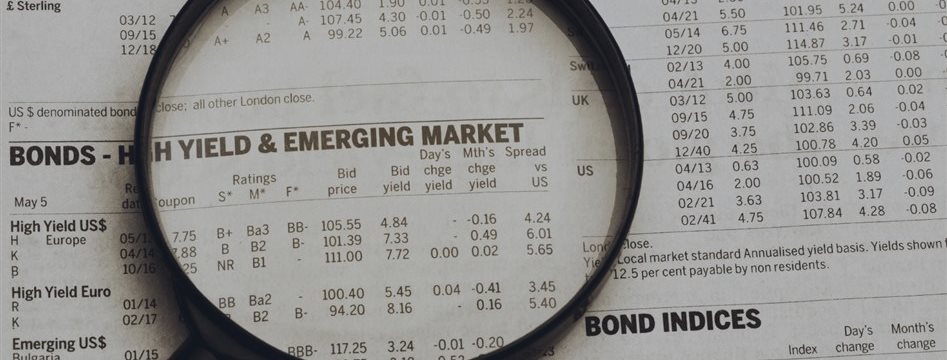
Analysts from UBS to Goldman are turning bullish on emerging markets
Analysts at banks from Goldman Sachs to UBS and Bank of America say that developing-nation assets are bottoming out after suffering three years of losses in currencies and stocks.
Growth stabilizes in emerging markets giving series of opportunities, says Ruchir Sharma, the head of emerging markets for Morgan Stanley Investment Management, who says the key is differentiation.
Last decade, "we had this incredible boom across the market. Now, it’s back to country investing. It’s difficult for emerging markets to boom, but there’s room for some emerging markets to at least be able to start delivering positive return again."
Geoffrey Dennis, head of global
emerging-market strategy at UBS Securities in Boston, who favors
Chinese, Indian and Russian equities, notes that he is more optimistic regarding 2016.
"You get a slightly better earnings story and overall a slight pickup in economic growth in emerging markets next year. This year’s been so dreadful."
Understanding frailties
Developing nations all over the world are showing signs of a rebound since the U.S. and European economies have begun to gain momentum. Although the almost 30% decline in emerging-market currencies since 2012 disappointed investors, it helped some nations such as Brazil, Turkey and India to understand their economic frailties, narrowing current-account deficits and bolstering competitivity.
By historical standards, emerging economies look inexpensive. The MSCI Emerging Markets Index has lost 30% since its 2011 peak and now trades at about 12 times estimated earnings, or almost one-third less than the valuation of the Standard & Poor’s 500 Index.
EM currencies are 16% below their fair values against the greenback as the Brazilian real and the Turkish lira dropped to a record trough this year, according to Bank of America’s model.
Strategists at BoA say they are constructive on EM currencies in the near term, although prices will remain volatile as the Fed is getting ready to increase their borrowing costs.
Goldman
Goldman Sachs forecasts that developing economies will grow 4.9% next year, up from an estimated 4.4% in 2015, the first
acceleration since 2010. However, the investment bank admits the expansion will stay below the long-term trend.
They are advising clients to purchase the Mexican peso and Russia’s ruble against the South African rand and the Chilean peso as one of the top global trades for 2016. The bank also estimates Russia’s domestic bonds will rally as inflation slows.
Barclays
Barclays says that the default rate among junk-rated emerging-market companies is to rise to as high as 7% next year, from 3.8% in 2015 and a 20-year average of about 4%.
In China, the
economy is trembling because of overproduction and a debt overhang. A record
high yuan vs rivals looks increasingly at odds with a
slowing economy. This puts pressure on the authorities to weaken the
currency and risks a series of competitive devaluations in the region.
The mainland stock market collapse earlier this year has indicated that officials are inclined to commit mistakes as they juggle the conflicting jobs of bolstering growth and deepening reforms.
"It is far too early to expect a significant turnaround" in EM, Barclays analysts wrote in a note on November 13.


